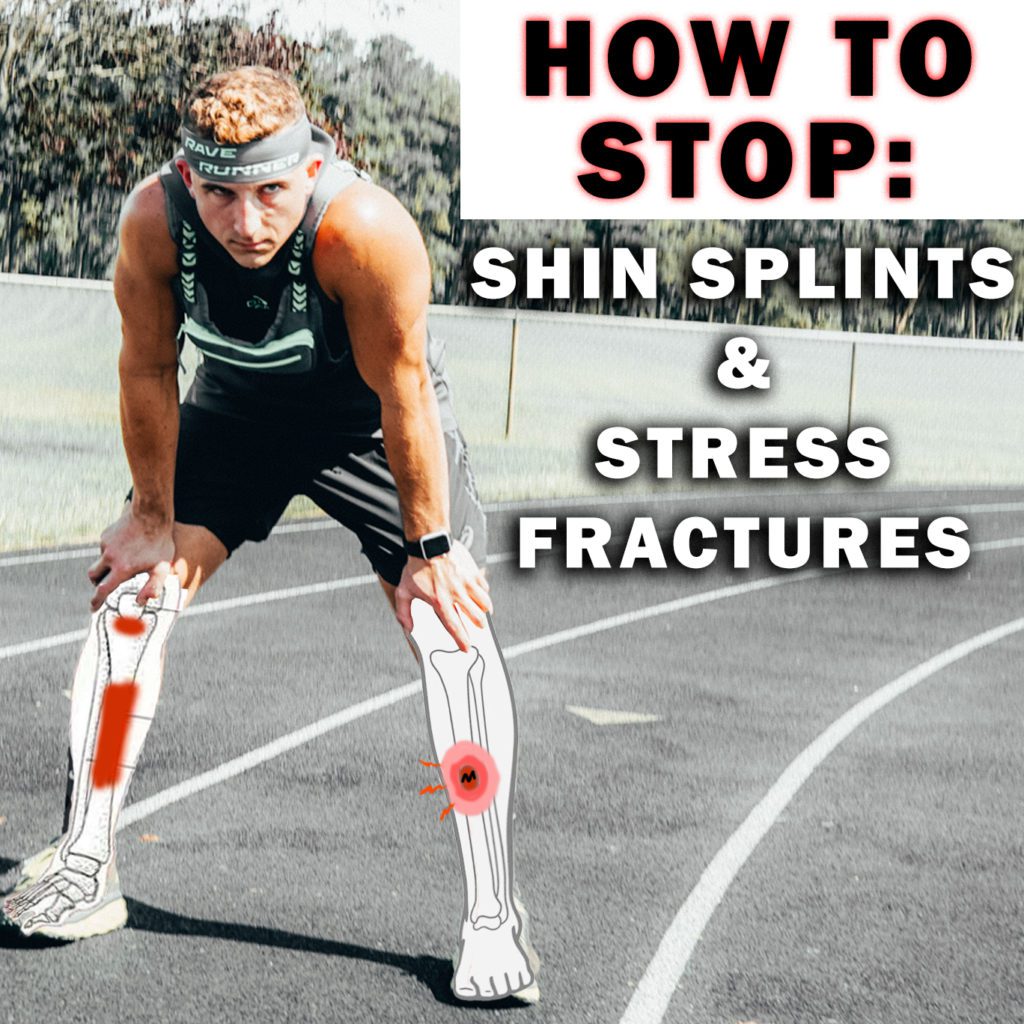

The pain can range from a dull ache to a sharp, intense pain. Commonly, the pain is located along the inside border of the shin bone, usually in the middle or lower third. Pain may be present with early activity and subside with continued exercise, but may also persist throughout the activity. Typically, the pain goes away when the athlete rests, though in very severe cases, the pain can occur throughout the day (without activity) and continue even during rest. These more severe symptoms can also occur with stress fractures, a more serious injury. Most people complain of pain along the shin bone. What are the symptoms of Medial Tibial Stress Syndrome? Risk factors for developing medial tibial stress syndrome include abnormalities of ankle and foot alignment, lower extremity flexibility, and strength. Training errors, shoe wear, and changes in training intensity, duration, and surface can contribute to the development of medial tibial stress syndrome.

It can also occur when running on a slanted surface or downhill, or when someone participates in a sport with frequent starts and stops. Medial tibial stress syndrome develops when there is irritation where the calf muscles attach to the shin bone. What causes Medial Tibial Stress Syndrome? The condition can also develop in athletes who have suddenly increased the duration or intensity of their training. It is quite common and occurs more often in females. It is usually due to overuse and occurs in athletes who participate in repetitive activities, especially running and jumping. Medial tibial stress syndrome (MTSS), commonly called “shin splints,” is a condition in which pain occurs over the shin bone (the tibia) with running or other sports-related activity.


 0 kommentar(er)
0 kommentar(er)
